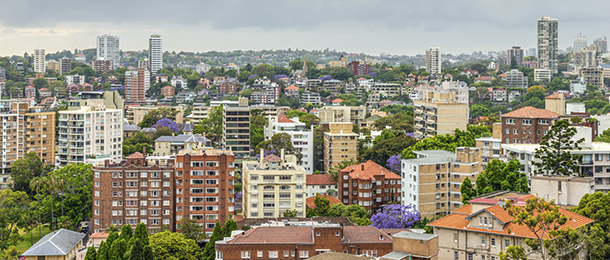The latest SQM Research numbers show residential rental vacancy rates rose slightly in June, moving from 2.2 per cent to 2.3 per cent over the month.
The movement means the number of vacancies jumped by 3597 over June and now stands at 78,690 in total. The trend was slightly lower when looking at yearly figures with a 2933 rise in dwelling vacancies.
The highest vacancy rate was experienced in Sydney with a 0.2 per cent lift over the month to 3.5 per cent. The property research house noted this is the highest vacancy level in Australia’s largest capital city since 2005.
Perth’s vacancy rate was the second largest in the country coming in at 3.2 per cent, while Melbourne and Hobart had relatively modest vacancy rates of 2 per cent and 0.5 per cent respectively.
“The increase in rental vacancies in June tends to be a seasonal rise for the start of winter, however, Sydney’s increase goes beyond seasonal factors and so our expectation remains that Sydney will reach a 4 per cent vacancy rate before 2019 is completed,” SQM Research managing director Louis Christopher said.
“Melbourne is also likely to record more rises in rental vacancies as newly completed dwellings purchased as ‘off-the-plan’ in the last boom enter the rental market now.”
Asking rents for houses also fell slightly during the month (0.4 per cent), while rents for units remained steady.
The average asking rent for a house as at 12 July was $551 a week, while units were generating average weekly rents of $441.
The trend was reversed when assessed on a yearly basis, with asking rents for houses rising 0.4 per cent and those of units declining by 0.7 per cent.
In July, rents in Sydney fell by 0.5 per cent for houses and 0.2 per cent for units.
The Melbourne property market had a similar experience, with house rents down 0.9 per cent and rent for units 0.2 per cent lower as at 12 July.


